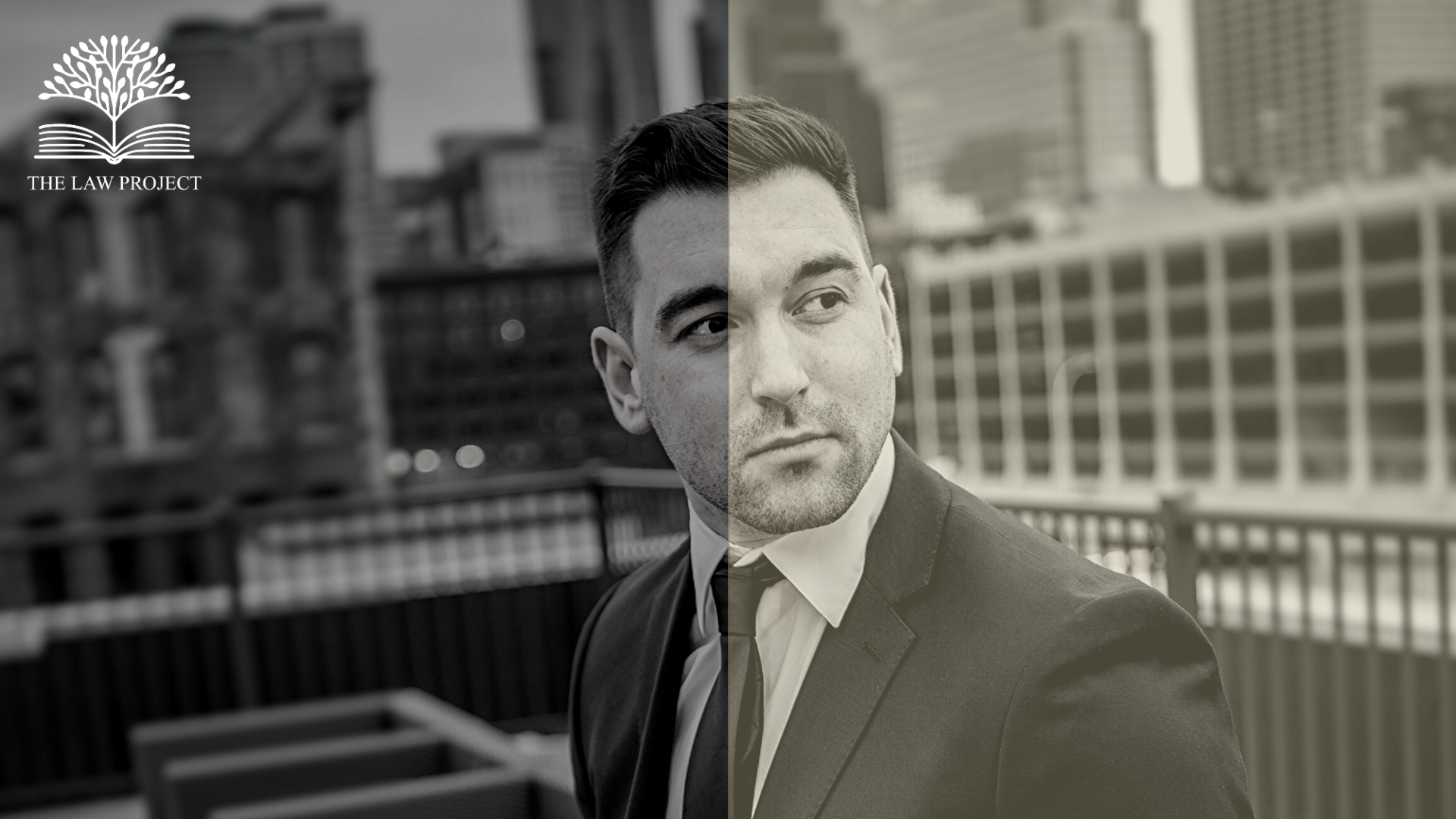Dr. Bruce Murdoch and Dr. Caroline Barwood were scientists at the University of Queensland. Dr. Murdoch wrote a journal article which stated that 20 patients with Parkinson’s disease had participated in their research study and that those who had speech problems had a noticeable improvement after undergoing a particular treatment. Dr. Barwood was the co-author and she claimed that she had an integral role in the study.
They submitted to the journal publishers that the article was free from falsification, fabrication, and plagiarism. They also submitted that they had approval from the ethics committee and that the participants gave their consent. The journal accepted their article and published it. The researchers then used this publication to apply for research grants. For example, they received funding from a Parkinson's disease charity.
The University of Queensland detected a host of issues with their research and conducted an investigation. After they suspected fraud, they then referred the matter to the Crimes and Corruption Commission (CCC).
The court held that the researcher's entirely made up the study. None of the research was real. Dr. Murdoch was held guilty of 1) fraud, 2) attempted fraud 3) falsifying records, 4) forgery, and 5) uttering a forged document. He was sentenced to 2 years in prison. Dr. Barwood was found guilty of 1) fraud, and 2) attempted fraud. She was sentenced to 2 years in prison.
The CCC found that the scientists had likely felt pressured to publish a large amount of research and also likely felt pressured to receive funding for research. Interestingly, this is the only criminal case of research fraud to exist in Australia.
Further Reading
Case Name: R v Murdoch [2016]; R v Barwood [2016]



![Website Image - R v Kelly [2012] NSWSC 1104](https://images.squarespace-cdn.com/content/v1/5817bb2746c3c4a605334446/1631527018907-MLWCR0G7QD8E56NMQYYE/Website+Image+-+R+v+Kelly+%5B2012%5D+NSWSC+1104)
![Website Image - Nursing and Midwifery Board of Australia v Kumar (Review and Regulation) [2019] VCAT 1099.png](https://images.squarespace-cdn.com/content/v1/5817bb2746c3c4a605334446/1630303225897-LO8EIGVVUX5EVMU72W51/Website+Image+-+Nursing+and+Midwifery+Board+of+Australia+v+Kumar+%28Review+and+Regulation%29+%5B2019%5D+VCAT+1099.png)

![Website Image - Australian Competition and Consumer Commission v Telstra Corporation Limited [2021] FCA 502.png](https://images.squarespace-cdn.com/content/v1/5817bb2746c3c4a605334446/1630381585871-SACGX94G1UUGABULARC2/Website+Image+-+Australian+Competition+and+Consumer+Commission+v+Telstra+Corporation+Limited+%5B2021%5D+FCA+502.png)
![Website Image - Avan v The Queen [2019] VSCA 257.png](https://images.squarespace-cdn.com/content/v1/5817bb2746c3c4a605334446/1630385655461-A2LUZBXZR9J9957ORM2W/Website+Image+-+Avan+v+The+Queen+%5B2019%5D+VSCA+257.png)




